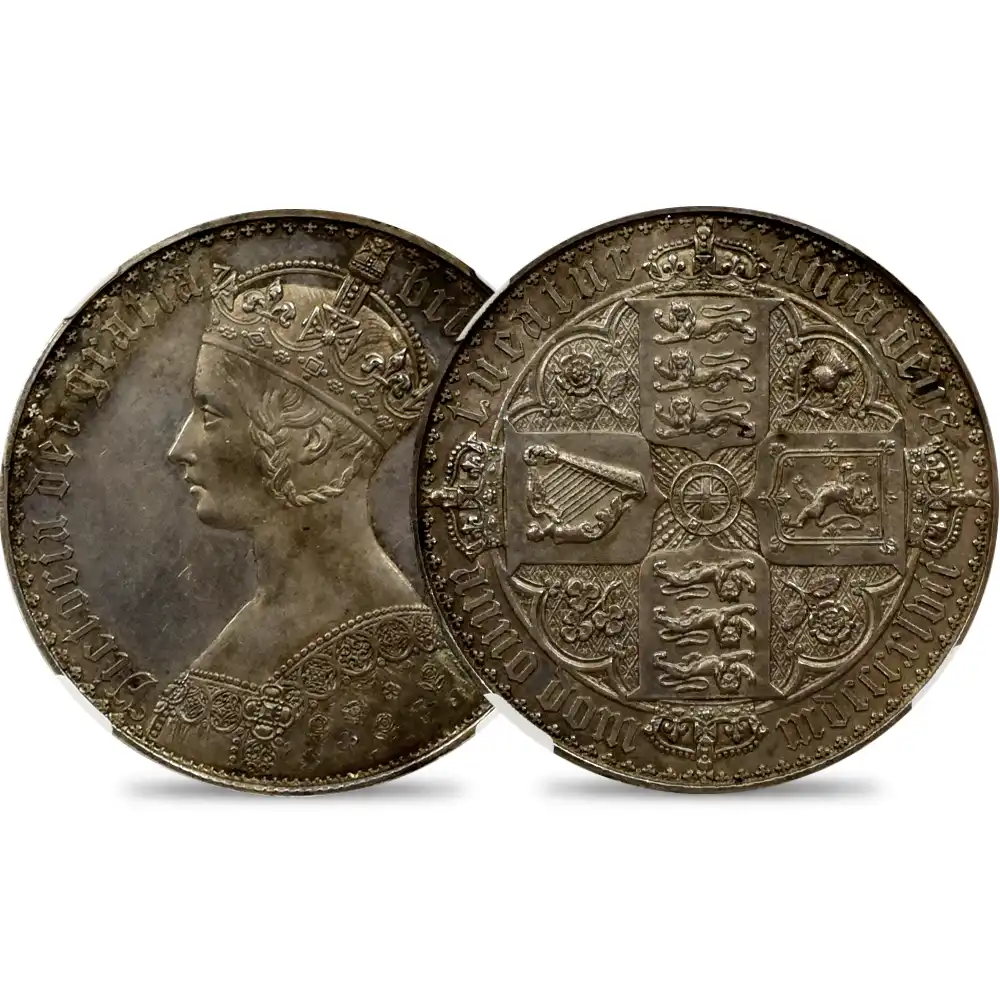The Artifacts of Trade: Coins as Economic Indicators
페이지 정보

본문

Coins are more than just money — they are silent witnesses to the rise and fall of economies, アンティーク コイン the movement of goods, and the cross-continental relationships. Throughout history, coins have served as concrete documentation of trade routes, governance structures, and economic health. When archaeologists unearth ancient coins in unexpected places, it often reveals a story richer than economic transaction. A Roman coin found in southern India or a Chinese copper coin in East Africa speaks powerfully about the scale of historical exchange systems and the flow of wealth across continents.
The design and material of a coin can tell us much about the state of an economy. For example, when a government begins to lower the intrinsic value in its coins, it is often a sign of fiscal crisis. This practice, known as currency dilution, was frequent amid conflict or periods of recession. The steady erosion of metal value in Roman denarii over centuries reflects the empire’s growing fiscal difficulties. Conversely, the consistent weight and purity of coins during periods of order indicate effective institutional governance and trust in the monetary system.
Coins also reveal patterns of cultural exchange. Rulers often imitated the designs of neighboring powers to assert authority or to encourage commercial acceptance. A Median currency with Ionic lettering or a Constantinople’s currency bearing Qur’anic text shows how economic interaction led to cultural syncretism. These artifacts help historians trace not only the routes of material exchange but also how cultural narratives transformed through contact.
During the feudal era, the expansion of regional coinage reflects the fragmentation of political authority and the growth of market towns. In contrast, the standardized coinage of empires like the Delhi Sultanate and Istanbul’s mint suggests centralized control and a well-integrated economy. The presence or absence of foreign coins in a region can also indicate commercial embargoes or autarkic policies.
In the contemporary era, coins continue to serve as monetary signals. The domestic acceptance of external money in a country can signal a distrust in domestic monetary policy or economic vulnerability to global flows. The decline in the use of physical coins due to electronic transfers also reflects transformations in financial culture and technological advancement.
By studying coins, we do not just measure value — we interpret the cadence of past and present monetary worlds. They are small but powerful artifacts that connect ancient trade to modern finance and remind us that economic exchange has always carried deeper meaning — it is the transfer of authority, faith, and culture.
- 이전글Exciting u31 Games at Leading Thailand Casino Site 25.11.08
- 다음글تحلیل تکنیکال کسبوکار کاربردی: راهنمای گامبهگام برای تصمیمگیریهای هوشمند در بازار ایران 25.11.08
댓글목록
등록된 댓글이 없습니다.